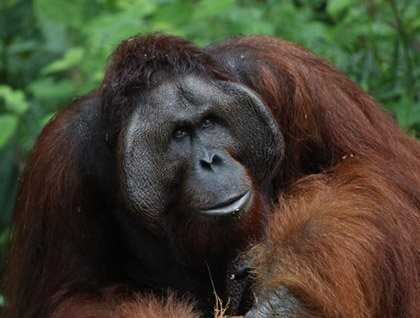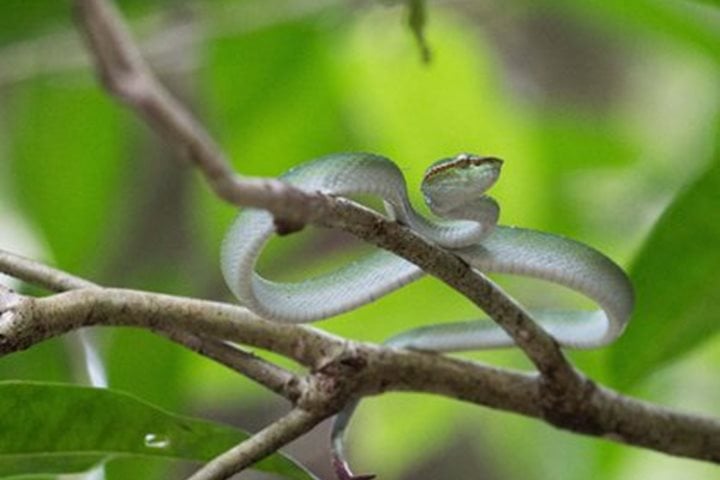As National Geographic Orion eased into the modern dock in Kuching, Sarawak it wasn’t hard to let one’s thoughts drift to wilder times. Just a century and a half ago the native Dyak men of Borneo were still searching for heads to hunt, in the ageless quest to impress potential brides. The Sarawak River was once alive with Chinese junk ships eager to profit in the lucrative trade in hornbill ivory and swiftlet bird’s nests. Malay pirate ships formerly patrolled the shores searching for vulnerable prizes and cargo. The English adventurer James Brooke was the first to attempt to tame this wild landscape, eventually negotiating a lasting peace between the multi-cultured contestants vying for Borneo’s treasures.
Touring the modern city of Kuching, we were treated to the site of Borneo’s rich cultural history. Chinese temples, Dyak burial posts, Malay traders, and English colonial architecture bore testament to the city’s history and modern cultural harmony. A visit to the Sarawak museum reminded of us of the romantic times when the famous naturalist Alfred Russel Wallace combed the forest in search of new and exotic specimens from birds to butterflies. Despite the flood of historic memories, something felt slightly out of place. Where was the element of wild that one conjures up when the word “Borneo” enters one’s imagination?
We stepped onto our buses and meandered through the narrow streets leaving the bustling city of Kuching behind us. Urbanization slowly gave way to farmland, then forest as we neared our destination, the Semenggoh Nature Reserve. As we walked into the park we were immediately surrounded by ancient tree ferns, exotic gingers, and predatory pitcher plants. Spiraling dipterocarp trees towered over head collecting the mist from the clouds above.
Pavement gave way to a narrow jungle track and voices dropped to a whisper. The rustling of leaves above announced the arrival of Borneo’s star attraction. A young orangutan mother swung from hanging lianas with her fuzzy orange offspring clinging to her side. Fifty feet above the forest floor, the youngster’s life depended on the sure grip of his mother’s powerful hands.
We continued on down the track as the fine mist gave way to a light drizzle. The excited whispers came to an abrupt end, forcing me to move to tiptoes to see what had caused the sudden silence. A 200lb male orangutan loomed into view only 50 feet away, boasting massive shoulders and the expanded cheeks of a mature adult. Skies darkened as the rain began to pour and thunder rumbled threateningly overhead. Ponchos emerged from backpacks in a perfectly choreographed symphony as the mass migration towards shelter accelerated into a race. I lingered behind with an odd sense of relief. Borneo still holds a touch of the wild.







